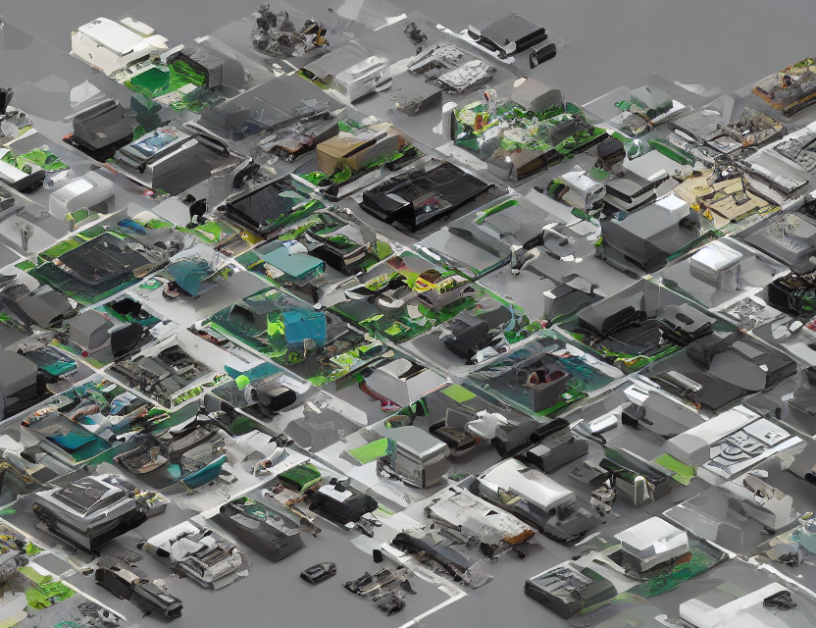Imagine you have an old smartphone that you no longer use, but it still works perfectly fine. You want to know if it’s worth refurbishing or if it’s better to replace it with a new one. This article compares the performance and usefulness of a refurbished iPhone with newer ones to help you make an informed decision.
Methodology
The study looked at 230 popular free apps on both new and obsolete iPhones. The apps were tested for their functionality, opening rate, and overall usefulness. The researchers also analyzed how often the apps are updated and how long they take to download.
Results
The study found that most of the apps installed, opened, and functioned on both new and obsolete iPhones if they could be downloaded. However, only a small reduction in functional apps occurred between vintage and obsolete stages. The researchers concluded that refurbished iPhones can still provide good performance and usefulness even after they become obsolete.
Conclusion
The study demonstrates that refurbishing an old iPhone instead of buying a new one can be a more environmentally friendly option. However, it’s important to note that the longevity of the device depends on the age of the device and the compatibility of the apps with the older hardware. To improve product recycling, manufacturers should release patches to allow direct download of apps still compatible with legacy devices.
Analogy
Refurbishing an old iPhone is like giving your old car a new coat of paint and some tune-ups. Sure, it may not be as fast or efficient as a brand new car, but it can still get you where you need to go. Similarly, refurbished iPhones may not have all the latest features, but they can still provide good performance and usefulness if the apps are compatible with the older hardware.



